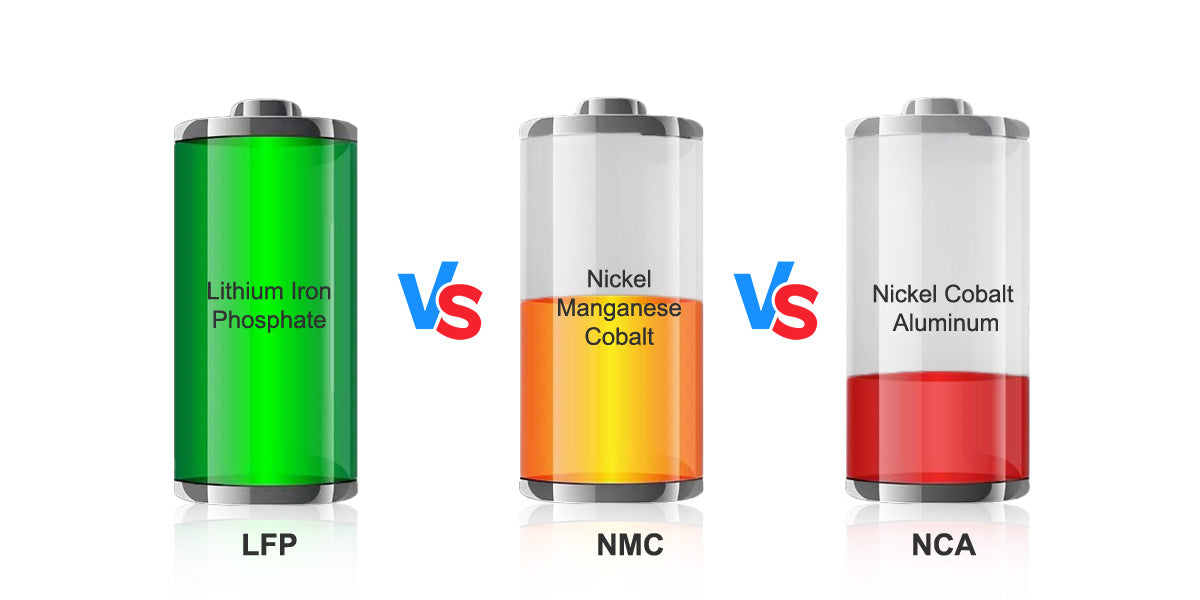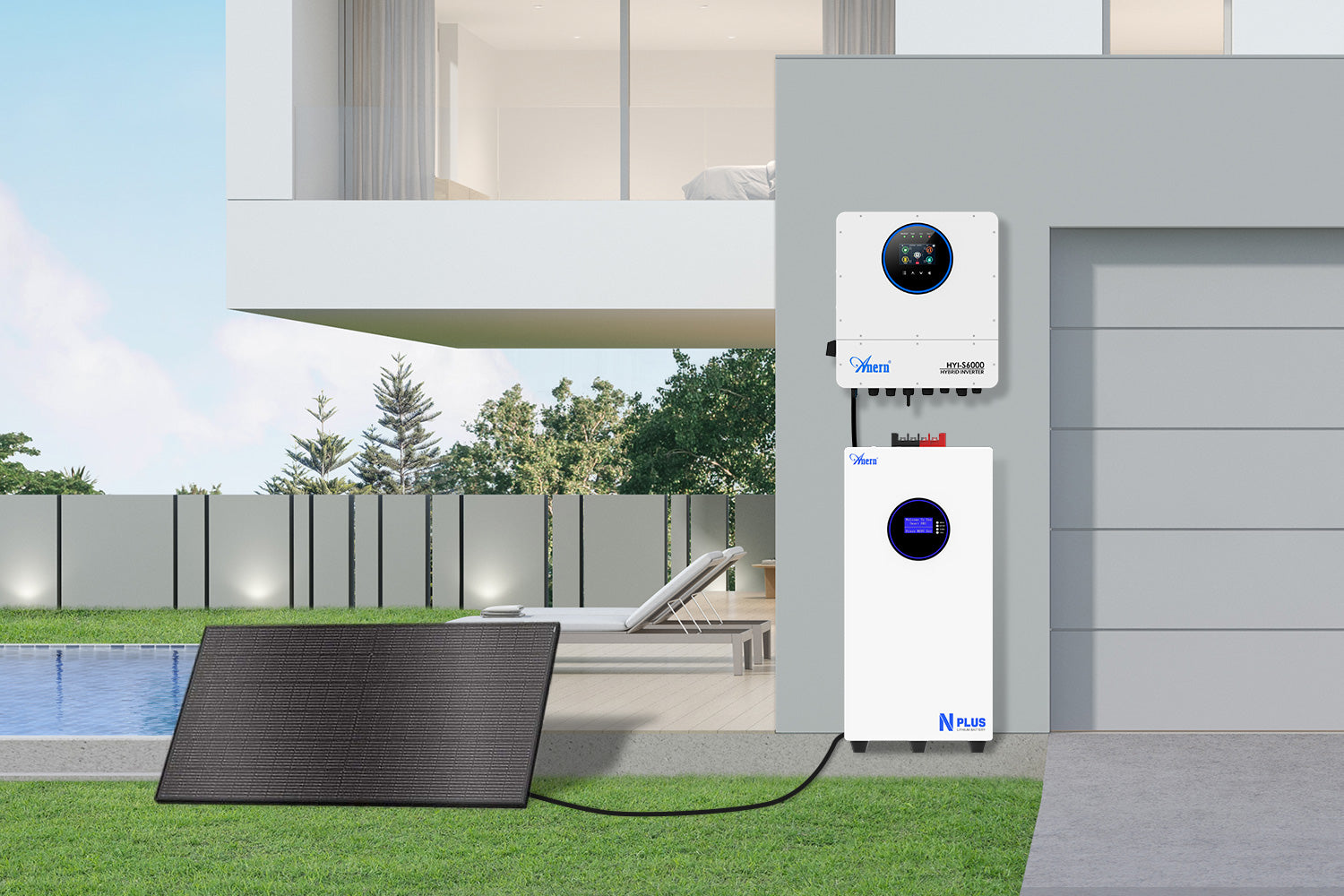Achieving energy independence is a goal for many, whether you live in a remote area, on a farm, or simply desire freedom from traditional utility grids. Off-grid solar systems offer a powerful pathway to this independence, allowing you to generate and store your own electricity. This guide provides a comprehensive look at off-grid solar solutions, focusing on the critical role of lithium batteries in creating a reliable and sustainable power supply.
Understanding Off-Grid Solar Systems
An off-grid solar system operates entirely independently from the main electricity grid. This means you are not connected to a utility company and rely solely on your own power generation and storage. These systems are particularly valuable in locations where grid access is unavailable or unreliable, or for those prioritizing self-sufficiency. You gain autonomy over your power supply and reduce your long-term electricity costs.
The Core Components of an Off-Grid System
To successfully power your property off the grid, you need several integrated components working together:
- Solar Panels: These are the foundation of your system, converting sunlight into direct current (DC) electricity through the photovoltaic effect. Solar panel efficiency has steadily improved. In 2024, most residential solar panels offer efficiency ratings between 19% and 22%, with top-tier models reaching 23% or higher. For example, some monocrystalline panels achieve 17% to 24% efficiency.
- Charge Controller: This device regulates the voltage and current from your solar panels, ensuring your batteries receive a steady and efficient charge without overcharging.
- Battery Bank: This is where the electricity generated by your solar panels is stored for use when the sun is not shining, such as at night or on cloudy days.
- Inverter: Solar panels and batteries produce DC electricity, but most household appliances run on alternating current (AC). An inverter transforms the DC power from your battery bank into usable AC power for your home. Pure sine wave inverters are ideal for sensitive electronics, while modified sine wave inverters are less efficient. Hybrid inverters offer flexibility by combining solar, battery, and grid inputs.
- Balance of System (BOS): This encompasses all other necessary equipment, including wiring, mounting structures for solar panels, safety devices, and monitoring equipment.
Advantages and Considerations of Going Off-Grid
Opting for an off-grid solar system offers distinct benefits:
- Energy Independence: You are no longer subject to power outages or rising electricity costs from utility providers. This is especially critical in remote areas where extending grid lines can cost anywhere from $15,000 to $50,000 per mile.
- Environmental Impact: Solar energy is a clean, renewable resource that produces no harmful emissions during operation, contributing to a greener planet.
- Flexibility: Off-grid systems are customizable to meet your specific energy needs, whether for a small cabin, a family home, or a farm.
However, going off-grid also requires careful planning. You need to accurately assess your energy consumption to size your system correctly. The average U.S. household consumes about 26 to 33 kWh per day. A household of 3-4 people typically uses 25-30 kWh daily, while larger households with 5+ people might use 35-50 kWh per day. In 2024, renewable energy sources, led by solar PV, accounted for a record 92.5% of global power additions. The International Energy Agency (IEA) projects solar power will meet approximately half of the world's electricity demand growth by 2027.
The Power of Lithium Batteries in Off-Grid Systems
While various battery types exist for solar storage, lithium batteries, particularly Lithium Iron Phosphate (LiFePO4) batteries, have emerged as a superior choice for off-grid applications.
Why LiFePO4 Batteries Excel
LiFePO4 batteries offer significant advantages over traditional lead-acid batteries:
- Higher Energy Density: LiFePO4 batteries store more energy in a smaller and lighter package, making them ideal for installations where space is a concern. They can store 2-3 times more energy per unit volume than lead-acid batteries.
- Longer Lifespan: LiFePO4 batteries typically last 10 years or more with proper care, enduring 3,000 to 4,000 charge cycles at an 80% depth of discharge. In contrast, lead-acid batteries generally last 3-5 years and offer 400 to 1,500 cycles at a 50% depth of discharge. This translates to fewer replacements and long-term cost savings.
- Deep Discharge Capability: You can regularly use up to 90-95% of a LiFePO4 battery's capacity without damaging it. Lead-acid batteries risk damage if discharged beyond 50%.
- Faster Charging: LiFePO4 batteries accept charge at a higher rate and charge significantly faster than lead-acid batteries, often reaching full charge in four hours or less. This is crucial for maximizing energy capture during limited sunlight hours.
- Low Maintenance: These batteries are virtually maintenance-free, unlike lead-acid batteries that require regular water refills and terminal cleaning.
- Enhanced Safety: LiFePO4 batteries are less prone to overheating or catching fire and often include built-in battery management systems (BMS) for protection against overcharging and short circuits.
- Consistent Power Output: LiFePO4 batteries maintain stable voltage output even during heavy loads, ensuring a reliable power supply for your appliances.
The International Renewable Energy Agency (IRENA) reported that solar photovoltaics increased by 451.9 GW in 2024, representing a 32.2% year-on-year increase. This rapid growth highlights the increasing reliance on solar energy, where efficient storage solutions like LiFePO4 batteries are essential.
Designing Your Off-Grid Solar System
Careful planning is vital for a successful off-grid solar setup. Here are key considerations:
Assessing Your Energy Needs
Before selecting components, calculate your daily energy consumption in kilowatt-hours (kWh). List all appliances and devices you plan to power, their wattage, and how many hours per day you use them. This gives you a clear picture of the battery capacity and solar panel array size you will need. For example, a 1500 sq ft home might use 30-40 kWh per day, while a 3000 sq ft home could use 50-70 kWh per day.
Consider the following table for typical appliance consumption:
| Appliance | Typical Daily kWh Usage |
|---|---|
| Refrigerator | 1-2 kWh |
| Clothes Dryer | 3-5 kWh per load |
| Lighting (LED) | Varies, typically low |
| Television | ~0.1-0.5 kWh per hour |
| Computer (Laptop) | ~0.05-0.2 kWh per hour |
Sizing Your System for Reliability
Once you know your energy needs, you can size your solar panels and battery bank. You will want enough solar panels to generate sufficient electricity to cover your daily consumption and fully recharge your batteries. Account for days with less sunlight, often referred to as "days of autonomy," to ensure power during extended cloudy periods. You should also consider the peak power requirements of your appliances to select an inverter with adequate capacity.
For instance, if your average daily consumption is 30 kWh, and you want three days of autonomy, you would need a battery bank with a usable capacity of at least 90 kWh. The size of your solar array would then be determined by how quickly you want to recharge that battery bank, taking into account peak sun hours in your location.
Implementing Your Off-Grid Solution
Installing an off-grid solar system involves careful planning and execution. While some components can be plug-and-play, professional guidance ensures optimal performance and safety.
Installation and Maintenance
Mounting solar panels securely, wiring all components correctly, and configuring the inverter and charge controller are crucial steps. You can choose between DC-coupled systems, which charge the battery directly with DC power from the PV array, or AC-coupled systems, which convert solar power to AC before charging the batteries.
One of the benefits of modern lithium battery systems is their minimal maintenance requirements, allowing you to focus on enjoying your energy independence. Regular checks of connections and panel cleanliness will help maintain efficiency.
The Role of Integrated Solutions
Integrated energy storage systems (ESS) are simplifying the transition to off-grid living. These systems combine lithium batteries, hybrid inverters, and solar panel connectivity into a single, cohesive unit. This approach streamlines installation and ensures all components work together seamlessly, providing a robust and reliable off-grid power solution for homes, farms, and remote cabins.
For example, a 48-volt lithium-ion battery system provides steady and efficient charging, ensuring power availability throughout the night when solar panels are not generating.
Embracing Energy Independence
The journey to energy independence with off-grid solar systems and lithium batteries is a practical step towards a sustainable future. With advancements in solar technology and the reliability of LiFePO4 batteries, you can create a robust and efficient power supply tailored to your needs. This empowers you to take control of your energy, reduce environmental impact, and enjoy uninterrupted power, wherever you are.





Leave a comment
All comments are moderated before being published.
This site is protected by hCaptcha and the hCaptcha Privacy Policy and Terms of Service apply.